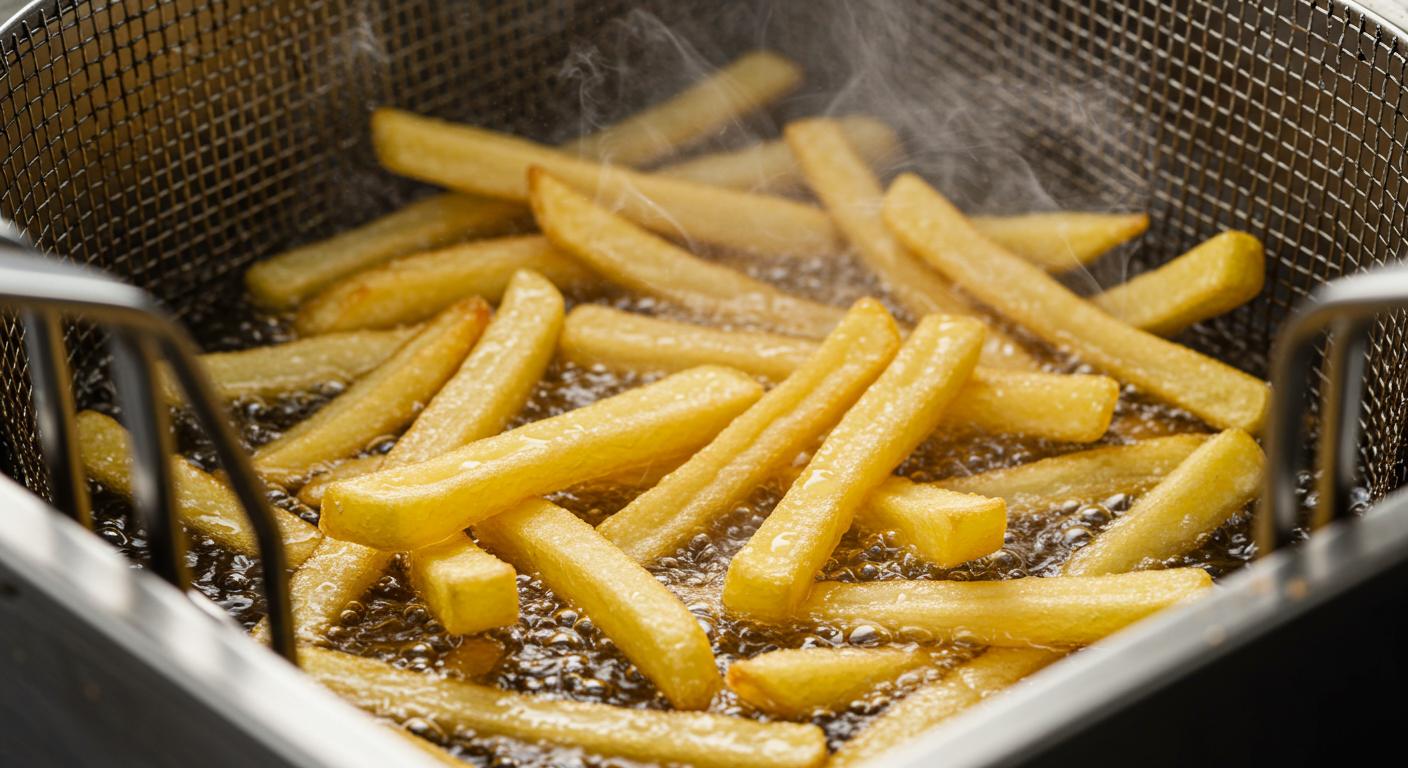Dr. Kumar’s Take:
This comprehensive review reveals that our modern high intake of linoleic acid (LA)—an omega-6 fat found in seed oils—is far above what we actually need. Excess LA may promote inflammation, fuel weight gain, disrupt hunger signals, and play a role in rising rates of obesity, especially in societies transitioning to a Western diet. Reducing LA and increasing omega-3 fats or monounsaturated fats like olive oil could help reverse this trend.
Key Takeaways:
✔ Linoleic acid (LA) intake has increased dramatically due to vegetable oils and processed food.
✔ Excess LA may drive fat gain through inflammation, disrupted hunger signals, and altered metabolism.
✔ Lowering LA intake and increasing omega-3 or olive oil (monounsaturated fat) may help reduce obesity and chronic inflammation.
Actionable Tip:
If you’re using corn, soybean, sunflower, or safflower oil regularly—try swapping them out for extra virgin olive oil or avocado oil. These oils are lower in linoleic acid and may support healthier metabolism.
Brief Summary:
This 2016 review by Naughton et al. highlights a troubling dietary shift: the global rise in linoleic acid (LA) consumption due to the widespread use of cheap vegetable oils. The review examines how excess LA may contribute to obesity through mechanisms involving inflammation, fat cell development, and the endocannabinoid system—which affects hunger and fat storage. Populations going through dietary transitions, such as in Africa and the Arctic, are showing rising rates of obesity alongside increased LA intake. The authors argue that lowering dietary LA—especially during early development—could be key to reversing obesity trends.
Study Design:
This was a narrative review, not a clinical trial. The authors compiled data from animal studies, human trials, epidemiological research, and mechanistic experiments. They examined how linoleic acid affects fat storage, gene expression, inflammatory markers, and obesity risk through multiple biological systems.
Results:
- LA increases the production of inflammatory molecules (e.g. 9-HODE, 13-HODE, AA-derived prostaglandins).
- Excess LA may impair hunger regulation by overstimulating the endocannabinoid system.
- Higher LA diets in animals led to more weight gain, insulin resistance, and fat accumulation.
- Human studies show that women with high LA levels are more likely to gain weight over time.
- Early-life exposure to high LA (during pregnancy or infancy) may increase a child’s long-term obesity risk.
- Switching from high-LA oils to olive oil or fish oil reduced inflammatory markers and improved metabolic markers.
How Linoleic Acid May Drive Obesity
Linoleic acid is a precursor to arachidonic acid (AA), which produces inflammatory molecules. High levels of LA can:
- Promote fat cell formation by activating PPARγ and inflammatory pathways
- Stimulate appetite and fat storage via the endocannabinoid system
- Decrease insulin sensitivity and increase leptin resistance
- Lower production of satiety hormones and reduce fat oxidation
These mechanisms together make it easier to gain weight and harder to lose it—especially when LA intake is high and omega-3 intake is low.
Related Studies and Research
Soybean Oil and the Omega Balance Shift – Tracks how omega-6 overconsumption may disrupt metabolism and energy balance.
Linoleic Acid Rise in U.S. Adipose Tissue – Connects long-term adipose changes to population-level obesity trends.
Railway Workers, Diet, and Heart Disease in India – Illustrates how dietary fat source shifts can influence disease incidence.
Omega-6 Linoleic Acid and Heart Disease Risk – Links metabolic dysfunction to cardiovascular risk.
Health Risks of Linoleic Acid – Wraps in other systemic consequences of chronic omega-6 exposure.
Metabolic Dysfunction, Obesity, and Cancer Risk – Reviews the cascading effects of metabolic dysfunction tied to fat intake and storage.
Metabolic Syndrome: Insights and Summary – Frames LA-driven obesity in the broader syndrome context.
Frequently Asked Questions
What is linoleic acid, and why do we eat so much of it?
Linoleic acid is an omega-6 polyunsaturated fat found in vegetable oils like soybean, corn, and sunflower oil. These oils are cheap and widely used in processed food.
Is linoleic acid essential?
Yes, but only in small amounts—far less than most people consume. Just 0.2–0.4% of energy from LA is needed to avoid deficiency. Most Western diets contain 6–8% or more.
Can I avoid LA completely?
Not completely, but you can greatly reduce it by avoiding processed foods and cooking with olive oil, butter, or avocado oil instead of seed oils.
Should I eat more omega-3s to balance out LA?
Yes. Increasing omega-3 fats from fish, wild seafood, or algae may help reduce the inflammation and fat gain associated with high LA intake.
Conclusion
The modern diet has flooded our bodies with linoleic acid—far beyond what we need for health. This review highlights how LA may play a key role in the obesity epidemic by increasing inflammation, disrupting hunger signals, and pushing our biology toward fat storage. The evidence suggests that cutting back on high-LA oils and replacing them with omega-3s or olive oil could help reduce obesity and chronic disease risk.


